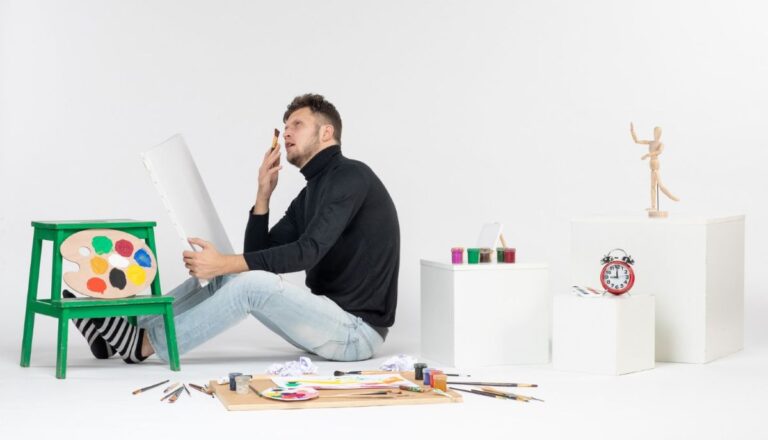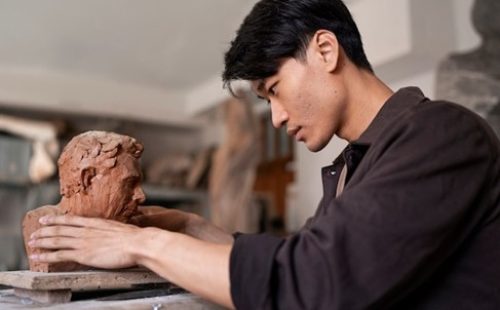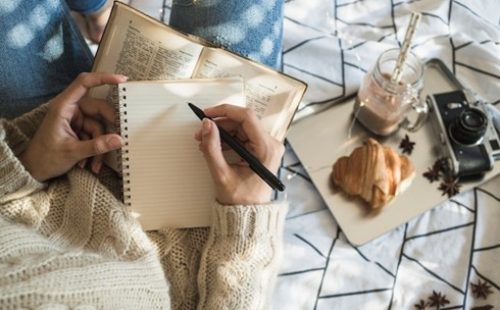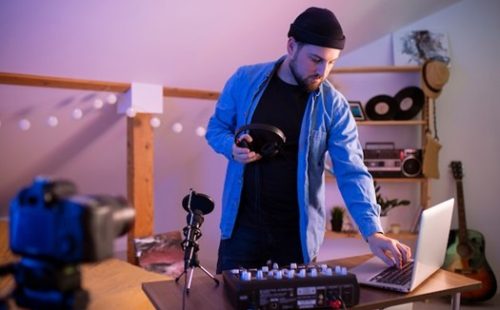
Ways You Can Harness Artistic Expression to Heal Depression
Depression, also known as the “invisible illness,” is a mental health disorder affecting millions of people worldwide. Depression, which is characterized by feelings of melancholy, hopelessness, and a loss of interest in activities, can be overwhelming. However, throughout history, many people have used creativity to cope with and express their mental and emotional challenges. Art, in its various forms, has proven to be an effective tool for healing and self-expression. But how can creativity intersect with depression, and can it be used as a path to recovery?
In this blog, Jaslok Hospital will look at the connection between depression and creativity, the potential healing value of artistic expression, and how persons suffering from depression might use creativity to navigate their mental health journey.
The Complex Relationship Between Depression and Creativity
The relationship between depression and creativity has been debated for ages. Many prominent artists, writers, and musicians have suffered from depression, including Vincent van Gogh, Sylvia Plath, and Kurt Cobain. This has resulted in the romanticized concept of the “tortured artist,” someone who uses their emotional agony to fuel their artistic work.
While research on the relationship between depression and creativity is ongoing, some studies indicate that people with mood disorders, particularly depression, may have greater creative potential. One argument for this link is that depression promotes introspection and profound emotional investigation. This emotional depth can lead to the creation of deep art, music, or writing that speaks to others.
It is crucial to emphasize, however, that not everyone who suffers from depression feels more creative, and not everyone who is creative experiences depression. Creativity is not a panacea for mental health difficulties, but it can provide an outlet for expression and relief for certain people.
How Creativity Works as a Healing Tool for Depression?
Art therapy has evolved as a powerful and successful method of treatment for people suffering from depression, anxiety, and other mental health conditions. Painting, drawing, writing, dancing, and performing music are all examples of creative hobbies that allow people to communicate their inner emotions without using words. This is especially helpful for people who find it difficult to express their emotions orally.
1. Expression Without Words
Depression frequently leaves people feeling alienated, misunderstood, and unable to fully articulate their ideas and emotions. Artistic expression enables people to communicate in ways that words cannot.
Abstract paintings, music compositions, and poetry, for example, can portray complicated feelings like despair, wrath, or hope that a person may find difficult to articulate in conversation. People can use art to modify their emotional experiences, allowing them to externalize the internal and gain fresh insights into their feelings.
2. A Focused Mind
When a person participates in creative work, their concentration shifts away from negative, recurrent thoughts and into the present moment. This state, also known as “flow,” occurs when a person becomes so immersed in an activity that they lose sight of time and other distractions.
Creative pursuits, such as painting or writing lyrics, can assist cultivate mindfulness by focusing attention on the job at hand. This immersion can provide respite from the emotional distress associated with depression.
3. Building Self-Esteem and Confidence
Depression can undermine a person’s self-esteem and confidence. Creating something significant, however, can provide a sense of success and pride. Whether it’s finishing a painting, writing a short novel, or playing music, the act of creating allows people to rediscover their feeling of purpose and fulfillment. This can increase self-esteem and motivate you to pursue other creative avenues.
Sharing art with others, whether in a support group or with a therapist can also provide validation and encouragement, increasing emotions of self-worth.
4. Processing Trauma and Emotional Healing
Many people with depression have endured severe emotional trauma or pressures, and creativity can help them resolve these experiences. Individuals who express themselves artistically may be able to tackle difficult memories and feelings in a safe and controlled setting.
For example, a person who has lost a loved one may write poetry to help them cope with their grief, or someone suffering from anxiety may paint images of calm and serenity to help them imagine a more peaceful mental state.
Creative pursuits can serve as a sort of self-reflection, assisting individuals in identifying underlying emotional triggers and developing a deeper understanding of themselves.
Types of Artistic Expression for Healing
While any creative work can be therapeutic, certain types of artistic expression have proven especially useful to people suffering from depression:
1. Visual Art

Art therapy often involves painting, drawing, and sculpting. These mediums allow people to visually express complicated emotions, which can be especially useful for those who struggle to put their sentiments into words. The process of making something physical, such as a painting or sculpture, can create a real sensation of accomplishment.
2. Writing and Journaling

Writing has long been recognized as a therapeutic therapy for mental health. Journaling allows people to process their ideas and emotions in a disciplined manner, whereas creative writing, such as poetry, fiction, or memoirs, allows them to explore their feelings through storytelling. The process of putting feelings on paper can be cathartic and bring new insights into one’s experiences.
3. Music

For many people, music provides a tremendous emotional release. Music, whether played on an instrument, composed, or simply listened to, can elicit strong emotional responses and provide a sort of emotional release. Music therapy is frequently used to help people cope with depression, and making music can be a method of self-expression that brings comfort and understanding.
4. Dance and Movement

Dance is another effective form of creative expression that can improve mental health. Movement therapy enables people to connect with their body and emotions, generating a sense of liberation and release. It can also help people express sentiments they might not be able to articulate, and the physical act of dancing can produce endorphins, which enhance mood.
The Role of Support in Creative Healing
While creativity can be a wonderful healing tool, it’s vital to remember that it’s not a replacement for professional care. Those suffering with depression should seek help from depression treatment doctors, such as therapists and doctors, who may offer advice, support, and treatment options.
Art therapy, in particular, has gained acceptance as a treatment method that combines artistic expression with professional therapeutic assistance. Art therapists help people explore their emotions, relieve anxiety, and manage depressive symptoms through the use of artistic arts. Individuals can express their creativity in a safe and supportive atmosphere while learning about their mental health.
The link between sadness and creativity is nuanced and complicated. While sadness can make you feel overwhelmed and isolated, creativity allows you to express yourself, explore your emotions, and recover. Whether via painting, writing, music, or dance, artistic expression allows people to express themselves, process trauma, and restore a feeling of purpose and success.
While creativity alone cannot cure depression, it can be an effective tool for managing mental health and finding a road to recovery. Individuals who use the power of artistic expression can create resilience, connect with their emotions, and go on a path of self-discovery.
At Jaslok Hospital, the best depression treatment hospital in Mumbai, we understand the profound connection between mental health and creativity. Our team of depression doctors is dedicated to offering holistic and compassionate care, including therapeutic approaches like art therapy, to support those on their healing journey. Let Jaslok Hospital be your trusted partner in overcoming depression and finding wellness through creative expression.

